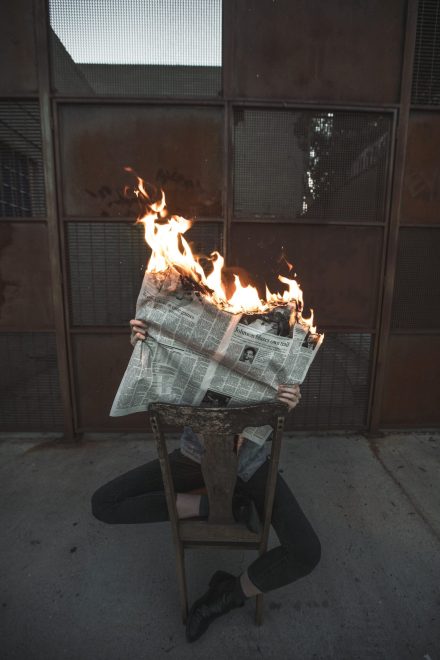Wikipedia has put logs in the NFTs firewood as several editors did not agree upon categorizing the non-fungible tokens as art.
As NFTs are booming and the communities created around them are proud, the definition “culture” is shifting and creating a lot of questions. It is safe to say we have entered a new period, not just financially but socially, philosophically, and psychologically.
Naturally, the processes of creation are evolving and shifting alongside it all, and the old plural questions jump into the table of heated debates once more: What is art? Can this be considered art?
“It is theory that takes it up into the world of art, and keeps it from collapsing into the real object which it is. … The world has to be ready for certain things, the artworld no less than the real one. It is the role of artistic theories, these days as always, to make the artworld, and art, possible.”
-Arthur Danto
The Feud
It all started in a discussion by Wikipedia‘s editors surrounding an article that lists the “most expensive artworks by living artists”.
The debate started between a few editors as they realized they couldn’t figure out whether to include the big sales of the NFT creators Beeple (Everydays: The First 5000 Days for $69.3 million) and Pak (Merge for $91.8 million) on the list.
They cannot either include or exclude them without having to decide if Wikipedia categorizes NFTs as artwork or not.
“Should NFTs and “artworks” be considered disparate groups for the sake of categorization and listing”, one of them pondered.
“It’s really not up to us to decide if this is art or not. We follow the sources, if they say so, we reflect that.” A smart approach.
“…I don’t know enough about these tokens to understand how they can be classified as artwork. This list is for paintings, sculptures, and closely related works, not whatever these NFT things are…” An honest but clumpsy approach.
“If you accept that major art auction houses like Sotheby’s and Christie’s sell NFTs then you need to accept NFTs as art.” someone added.
But then, the epicenter of the conundrum: “buying an NFT of an artwork is not the same as buying the artwork itself.” This note seems to be the origin of a deep confusion. Are NFTs the art pieces themselves? Are they just a tool like a camera or a link? Editors were clueless. They consistently aknowledged they need help from experts.
A survey was made where only two out of six editors supported recognizing NFTs as art pieces. For now, this is the crossroad where the discussion stops:
“I don’t think society has figured out if NFT’s are by themselves visual artworks, coding, or a contractual document, and sources alone probably can’t decide as they will be all over the place. … Understanding it is above my pay grade”
The editors agreed that this is ongoing discussion. New information and events might happen this year that could help them gain clarity.
Related Reading | How These Ordinary Selfies Are Worth Over $1MM As NFTs
The NFT Community Responds
Co-Founder of Nifty Gateway Duncan Cock Foster called this event an “Art Emergency”.
He explained it as such:
If you think that Wikipedia is “the global source of truth“, then you might have some rethinking to do. Starting with the meaning of truth.
A global source of ‘information’, however, is more accurate.
As the Wikipedia editors don’t have all the ‘information’ they need to reach an agreement, whatever resolution they take wouldn’t be a major hit to NFTs or creators. It does however start a fiery debate about the modern definitions of art.
As usual, many jumped in to say that “art is life”, “art is breathing”, “art is this discussion itself”, “art is everything”. The fast answer will always fail to even scratch the surface.
A 101 lesson that doesn’t seem to stick: If art is everything, then nothing is art.
Pak joined in:
Many have opted to separate the terms “NFTs” and “NFT artpieces”. Some allege that, as code is language, an NFT artwork is strongly connected to its medium, thus the way we define the final piece cannot be separated from the technology behind it.
The debate is more open than ever. No rush, any fast conclusion at the moment would most likely lack a thoughtful analysis of art theory and history. New approaches need to include what code and technology have evolved to mean for art culture without failing the big minds of the artworld.
It is time for Arthur Danto’s legaly to come out to play.
Related Reading | Pressure Mounts On Wikipedia To Stop Accepting Crypto Donations
